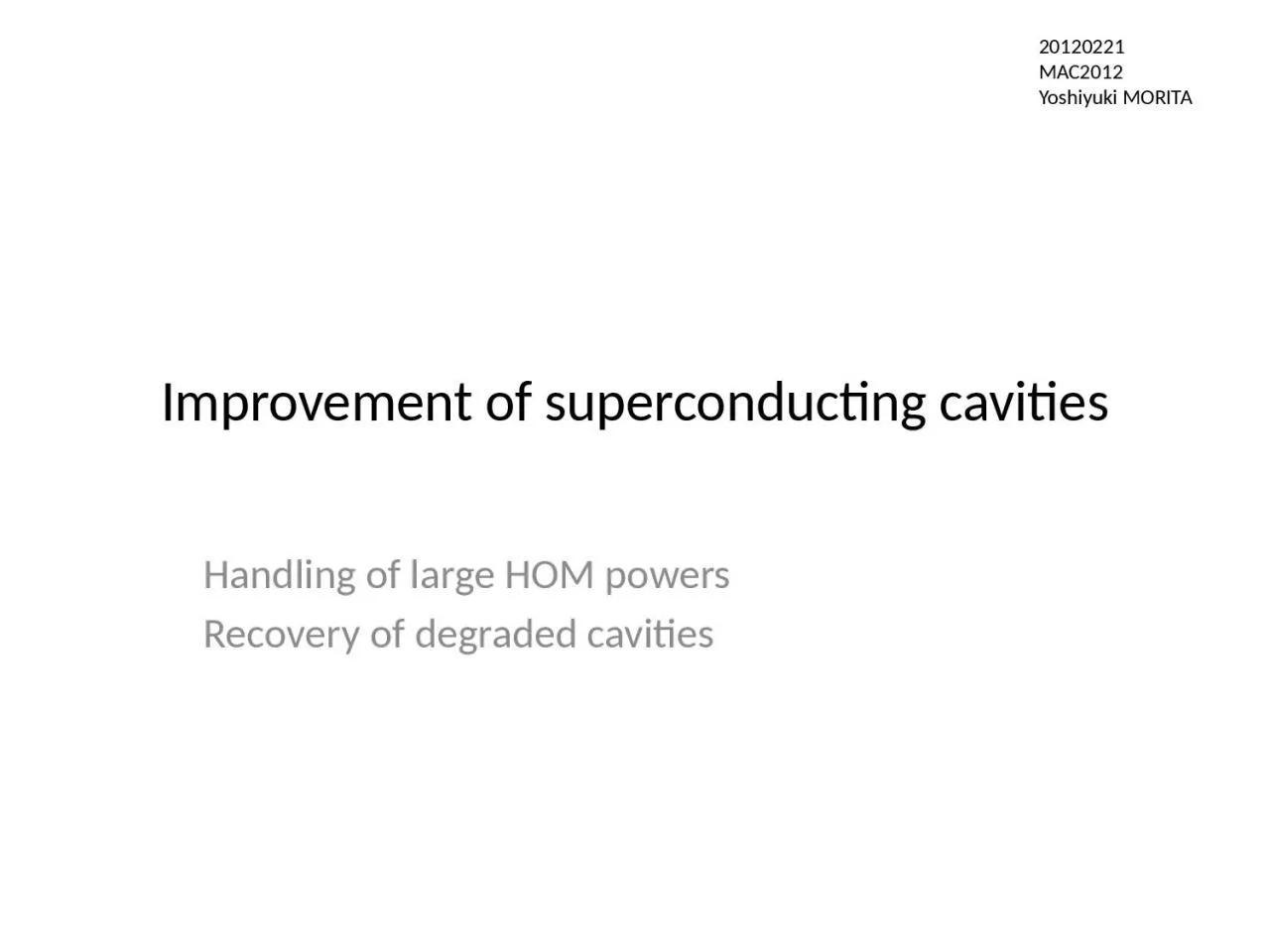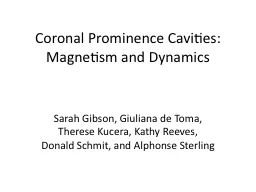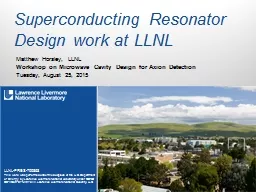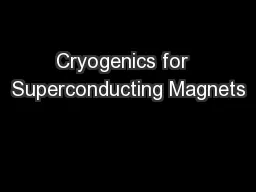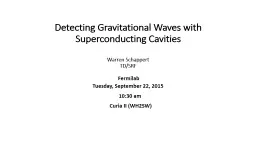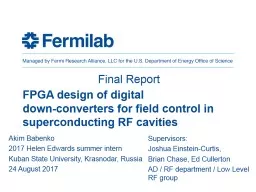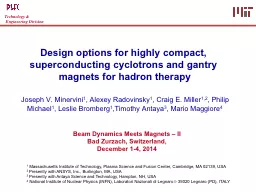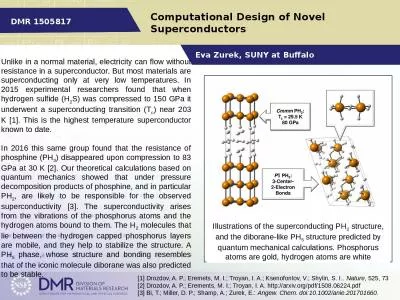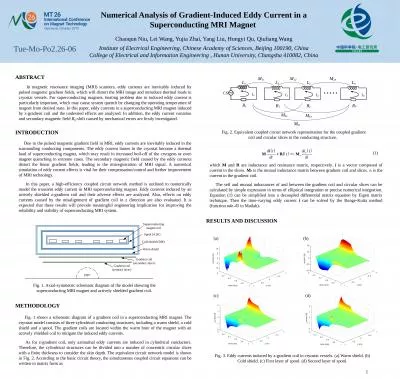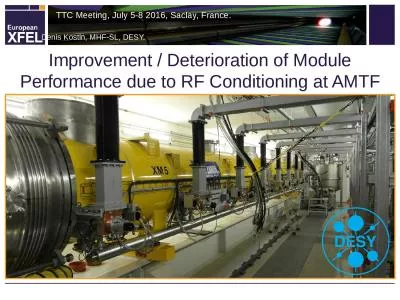PPT-Improvement of superconducting cavities
Author : bency | Published Date : 2024-01-29
Handling of large HOM powers Recovery of degraded cavities 20120221 MAC2012 Yoshiyuki MORITA Machine parameters and HOM power Machine parameter of SuperKEKB HER
Presentation Embed Code
Download Presentation
Download Presentation The PPT/PDF document "Improvement of superconducting cavities" is the property of its rightful owner. Permission is granted to download and print the materials on this website for personal, non-commercial use only, and to display it on your personal computer provided you do not modify the materials and that you retain all copyright notices contained in the materials. By downloading content from our website, you accept the terms of this agreement.
Improvement of superconducting cavities: Transcript
Download Rules Of Document
"Improvement of superconducting cavities"The content belongs to its owner. You may download and print it for personal use, without modification, and keep all copyright notices. By downloading, you agree to these terms.
Related Documents

